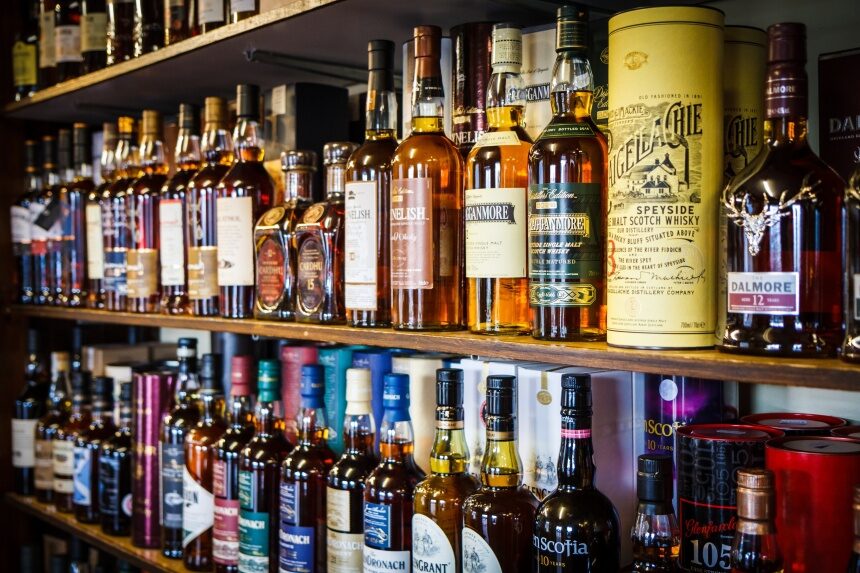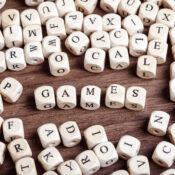Senior managing editor and logophile Andy Hollandbeck reveals the sometimes surprising roots of common English words and phrases. Remember: Etymology tells us where a word comes from, but not what it means today.
“Put your trust in God, boys, and keep your powder dry.” This old saying is usually attributed to Oliver Cromwell from a speech to troops just before the Battle of Edgehill in 1642 — but he probably never said it. Nonetheless, there is wisdom in these words.
The powder in this case is, of course, gunpowder, and keeping your gunpowder dry was very important. That’s because one of the chemicals in it — potassium nitrate — is soluble in water. So if your gunpowder gets too soaked, it won’t ignite, and therefore your musket or cannon won’t fire. However, potassium nitrate isn’t nearly as soluble in alcohol, a fact that, if the stories that have been passed down are true, have a bit to do with the labeling on your favorite bottle of liquor.
Back in 16th-century England, liquor distillers were expected to prove the potency of their spirits, not only to show that customers were getting what they paid for, but for taxation purposes: The tax rate on liquor was based on its alcohol content.
In those days, one simple way to prove that liquor had a lot of alcohol in it was to set fire to it. Pure alcohol is highly flammable, but mixing it with water and other nonflammable ingredients can make it less so. At around room temperature, a liquid that is around 50 percent or more alcohol (“above proof”) can maintain a flame, but any less alcohol (“under proof”) and it won’t light. For taxation, the baseline of “will hold a flame” was set at 100.
You probably noticed that I used around twice in that last paragraph; that’s because the flash point of alcohol is affected by temperature. Which means this wasn’t a terribly accurate way to test the alcohol content — or even the flammability — of liquor.
In the 18th century, as the story goes, members of the British Royal Navy found another way to test the alcohol content of rum that was a bit safer aboard a large wooden boat, and that brings us back around to gunpowder. They would soak gunpowder in the rum and then try to set off the mixture. As I mentioned before, the potassium nitrate in gunpowder doesn’t dissolve so much in alcohol. That, combined with the inherent flammability of alcohol, meant that the gunpowder would still ignite (presumably in a musket or cannon) if the liquor was at least 57 percent alcohol.
These tests were likely performed less for taxation than to prove that they were getting the potent rum they had traded for. To this day, gin or rum that is labeled Navy proof (or overproof) is at least 57 percent alcohol by volume, but often much more.
Originally, the British proof system wasn’t a straightforward doubling of the alcohol content, and in the 1810s, after testing had become more accurate, a 100-proof spirit was 57.06 percent alcohol. A few decades later, the U.S. proof system was standardized at exactly twice the alcohol percentage.
Nearly everywhere today, liquor content is indicated as ABV, alcohol by volume. Though your favorite whiskey (or whisky) probably still shows the proof on the bottle, that labeling is no longer required in the United States, but is still allowed for the sake of tradition.
Those words proof and prove trace back to the Latin probare, “prove be worthy,” which came through Old French into Old English. Probare is also the ancestor of some other words that might come into play if one publicly ingests a little too much of the high-proof spirits: disapproval, reproof, probe, and probably probation.
Become a Saturday Evening Post member and enjoy unlimited access. Subscribe now



